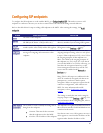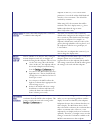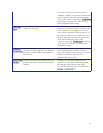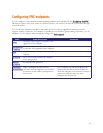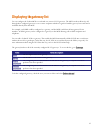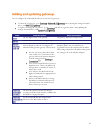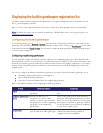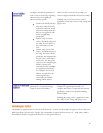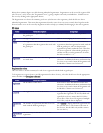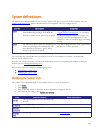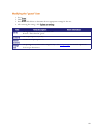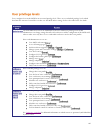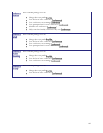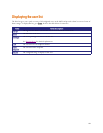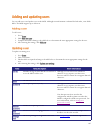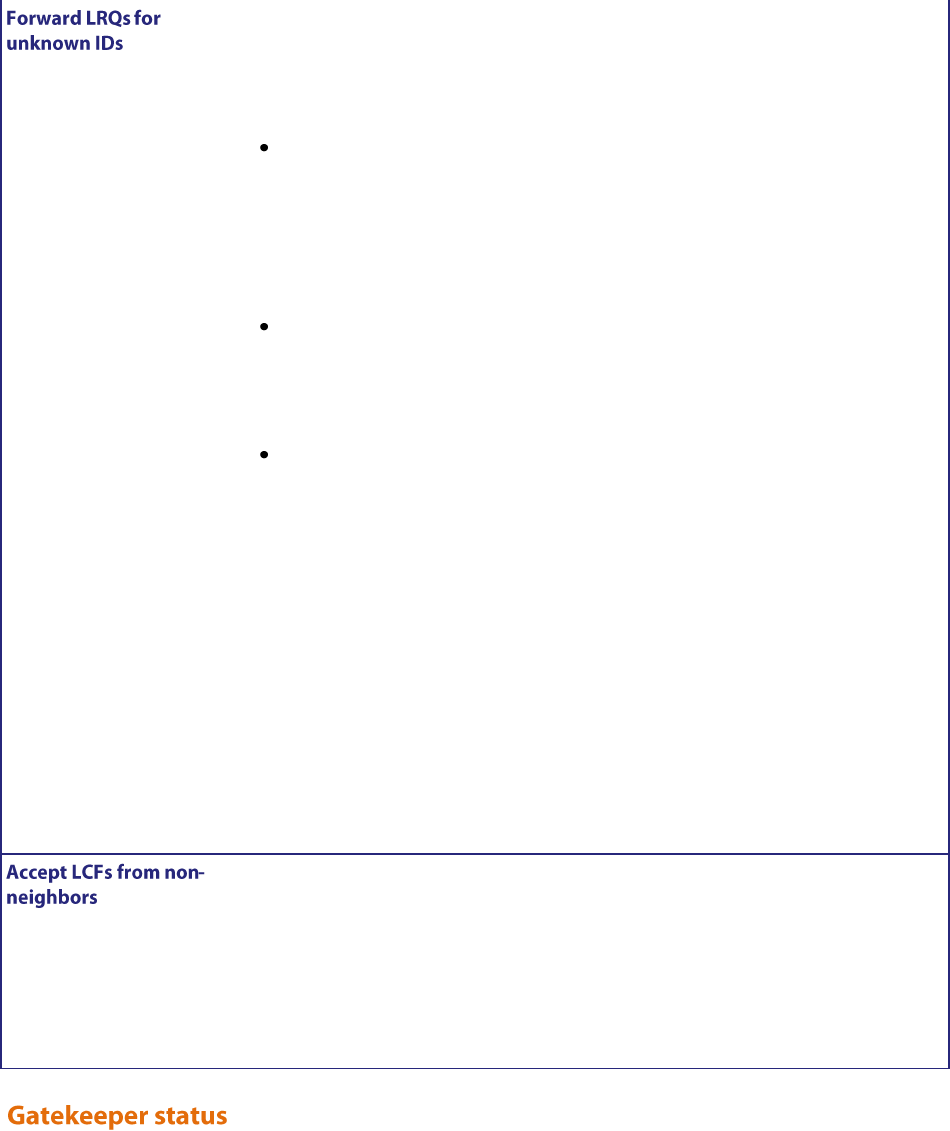
98
Configures the built-in gatekeeper to
send (or not to send) LRQs regarding
unknown IDs to its neighbor(s).
Choose from the options:
Disabled: The MCU will only
respond to LRQs about IDs
registered with itself. It will
not forward LRQs about IDs
that are not registered with
itself to neighboring
gatekeepers.
Enabled, using local return
address: The MCU will put, in
the LRQ, its own address as
the return address for the
LCF.
Enabled, using received return
address: The MCU will put, in
the LRQ, the address of the
gatekeeper that originated the
request as the return address
for the LCF. Use this option
only if you are configuring the
MCU to operate in an
environment with a multiple-
level gatekeeper hierarchy.
For example, the 'received
address' is required by the
national gatekeepers
connected to the Global
Dialing Scheme (GDS).
Unless you have selected to Accept LRQs, you
cannot configure the MCU to forward any LRQs.
Enabling using received return address can be a
significant security risk. Only use this setting with
proper cause.
This setting enables the built-in
gatekeeper to accept LCF message
responses from any IP address.
This setting is for use in environments with a
multiple-level gatekeeper hierarchy. For
example, this feature is required by the national
gatekeepers connected to the Global Dialing
Scheme (GDS).
Enabling this setting can be a significant security
risk. Only use this setting with proper cause.
The number of registered devices is shown in the format X / Y where Y is the number of registered devices that your
built-in gatekeeper is licensed for. Equally, the total number of registered IDs is shown as Z / 1000, where 1000 is
the maximum number of registrations allowed over all registered devices.



